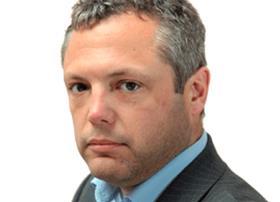So much for the End of Lawyers. It is characteristic of a professional corps inclined to be adversarial to accentuate the negative, and with ample justification in the context of savage public funding cuts. Yet the Law Society’s annual statistics once again confound the doomsayers.

Your profession continues to get bigger and more diverse, and in growth terms seems barely to have been inconvenienced by the aftermath of the financial crisis a decade ago.
National media will rightly focus on what legal sector commentators knew was coming – women have finally overtaken men as a majority of PC holders. Parity has taken just shy of a century. Whether we will have to wait another century for parity at partner level remains to be seen, though partners as we know them may well have gone the way of corporal punishment and gavels by 2118. Certainly, the tectonic plates upon which the profession rests are shifting. Partnerships, including sole practices, now account for a minority of firms, down from 60% five years ago, as the LLP structure continues to grow in popularity. And while ‘Tesco Law’ proved to be a chimera, alternative business structures now account for more than one in every 20 firms, with an increase of more than 100 in each of the last three years.
What else? The Society flags the regulator’s move to online ethnicity disclosure, which is going to make it more difficult to track diversity.
We are also struck by the figures for employed solicitors. Are we reaching ‘peak in-house’? In 2017 the number of PC holders working in-house was 3.2% higher, standing at 22.2% of the total. But private practice grew almost as much. The day when in-housers will comprise a quarter of all solicitors may be further away than forecast, especially as austerity continues to gut the public sector.
Could it also be that private practice is getting better at offering a decent work-life balance?































No comments yet